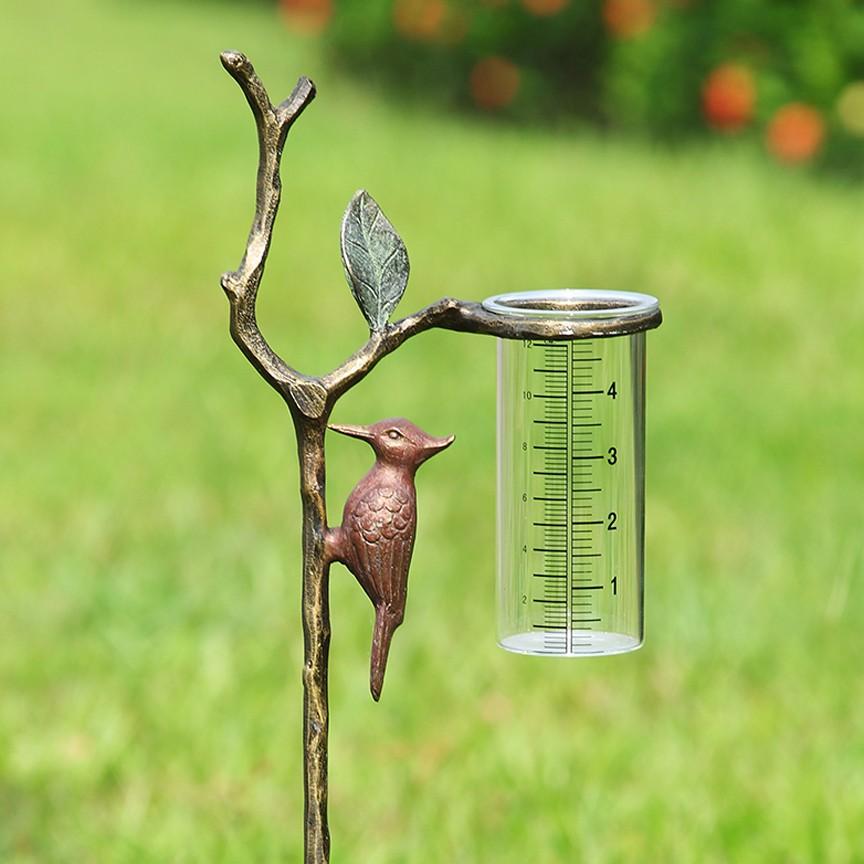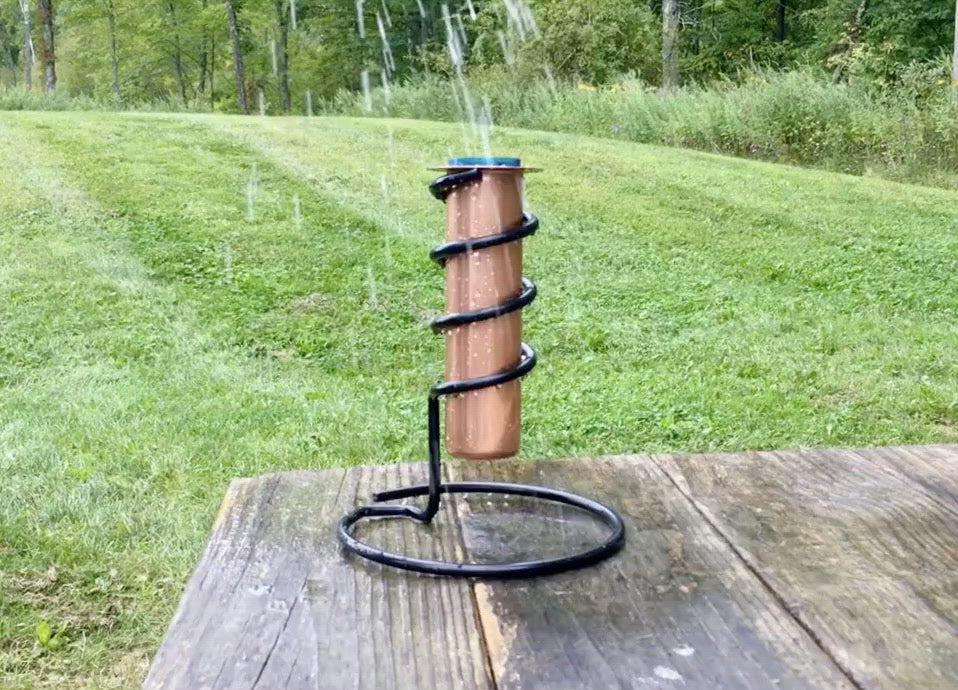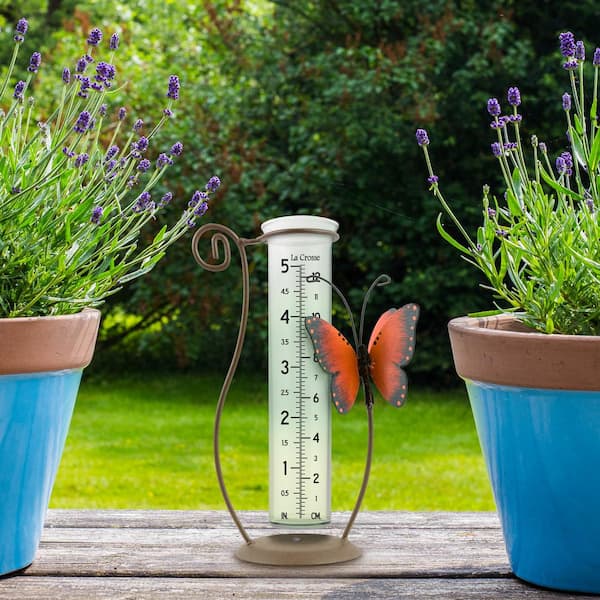The Rain Gauge: Decoding Rainfall Patterns and Enhancing Climate Awareness
The Rain Gauge: Decoding Rainfall Patterns and Enhancing Climate Awareness
Blog Article
Exactly How to Select the Right Rainfall Scale for Accurate Rainfall Information
To obtain reputable measurements, it is necessary to choose the ideal rain scale. Thinking about aspects such as place, type, and precision of the rain scale will assist ensure specific data collection. Additionally, recognizing the maintenance and calibration treatments will add to the longevity and dependability of your rain gauge.
Value of Choosing the Right Rain Scale
The value of picking the ideal rain gauge depends on acquiring reputable and precise rains information for precise atmospheric analysis. Rainfall information is critical for a variety of applications, including climate forecasting, hydrological modeling, and climate study. Unreliable or unreliable information can cause wrong verdicts and flawed decision-making procedures.

Second of all, the precision and precision of the rainfall scale are vital. The scale ought to be able to gauge rains with high accuracy, catching also percentages of precipitation properly. It needs to also reduce mistakes as a result of dissipation, wind, and other ecological elements. Regular calibration and maintenance are important to make certain continuous precision.
Furthermore, the location and installation of the rainfall gauge are crucial considerations. It must be put in an open area, away from blockages that might impact rainfall dimensions. The gauge should be positioned at a suitable height and angle to avoid spilling and make sure correct catchment of rain.
Aspects to Think About When Selecting a Rainfall Gauge
When picking a rainfall scale, there are several vital elements to think about. These elements can considerably impact the accuracy and dependability of the rains data accumulated. The very first aspect to take into consideration is the kind of rain scale. There are different types readily available, including conventional rain assesses, tipping bucket rainfall assesses, and weighing rainfall assesses. Each type has its own benefits and downsides, so it is essential to pick one that best suits your particular demands and needs.
One more variable to take into consideration is the material of the rain scale. Rainfall evaluates can be made of different products, such as glass, metal, or plastic. The material selected need to be resistant and resilient to weather, ensuring that the rain gauge will endure the elements and offer precise measurements with time.
Precision is likewise a vital element to consider. Try to find rain determines that have been calibrated and examined for precision. Functions such as anti-splash rings and funnels can likewise enhance the accuracy of the measurements.

Lastly, think about the environment and setting in which the rain gauge will be utilized. Different rainfall determines are suitable for different environments, so it is necessary to choose one that is appropriate for the conditions in your area.
Various Kinds Of Rainfall Evaluates Available
To even more check out the factors to take into consideration when choosing a rainfall gauge, it is very important to comprehend the different types of rainfall assesses readily available. There are numerous kinds of rainfall evaluates, each with its very own advantages and drawbacks. One of the most usual type is the common rainfall gauge, also understood as the round rainfall gauge. This type includes a straight-sided cylindrical container with a funnel-shaped top. It is easy to make use of and offers exact dimensions of rains.
One more kind of rain scale is the tipping bucket rain gauge. This scale utilizes a seesaw-like mechanism to collect and measure rainfall. As the rain comes under the gauge, it fills one side of the pail, causing it to tip and clear the water. The number of pointers is counted digitally to establish the amount of rainfall. Tipping bucket rain gauges are popular for their precision and capacity to determine rains intensity.
A third kind of rainfall scale is the weighing rain gauge. As the rain drops right into the gauge, it is collected in a container connected to an equilibrium.
Finally, there are additionally remote rain gauges that use progressed technology to determine rains (The Rain Gauge). These assesses use sensing units and transmitters to send information wirelessly to a central device. Remote rainfall determines are convenient for keeping an eye on rainfall in hard-to-reach areas or for large information collection
Just How to Establish the Precision of a Rain Gauge
One method to evaluate the precision of a rain scale is by performing regular calibration measurements. Calibration includes contrasting the readings of a rain scale to a common dimension, such as a qualified rain gauge or a climate terminal with high precision. By contrasting the dimensions, any type of inconsistencies or mistakes in the rainfall gauge can be determined and represented.
To conduct a calibration measurement, begin by collecting rains data from both the rain scale and the typical measurement gadget over a certain period, such as a month. After that, compare the analyses and calculate the distinction in between them. This difference is called the calibration mistake.
It is essential to keep in mind that calibration dimensions need to be done regularly, as ecological factors, such as wind, temperature level, and debris, can affect the precision of the rain gauge over time. By conducting normal calibrations, any modifications in the precision of the rain gauge can be detected and adjustments can be made accordingly.
Along with calibration, it is also advised to clean and preserve the rainfall scale on a regular basis to ensure its accuracy. Get rid of any kind of particles or blockages that might impact the precision of the measurements, and examine for any type of indications of damage or use that might need repair services or substitute.
Tips for Maintaining and Calibrating Your Rain Gauge
Regular upkeep and calibration are important for guaranteeing my sources the accuracy and dependability of your rain scale in measuring rains data (The Rain Gauge). By complying with a couple of easy pointers, you can make sure that your rainfall gauge is effectively maintained and calibrated
Firstly, it is essential to clean your rainfall gauge routinely to avoid any kind of debris or dust from blocking the rainfall collection system. Use a soft brush and a mild detergent to delicately clean the inside and beyond the scale. Wash it thoroughly with clean water and permit it to completely dry completely before re-installing it.
Second of all, it is advised to calibrate your rainfall scale at the very least Continue yearly. Calibration includes comparing the dimensions of your rainfall gauge with those of a relied on and exact referral scale. This will help you identify and fix any prospective errors in your rain gauge's measurements.
To calibrate your rain gauge, collect a recognized volume of water utilizing a gauging container and contrast it with the dimensions videotaped by your rain scale. Change the analyses appropriately to make sure precision.

Conclusion
In verdict, selecting the right rain scale is vital for getting accurate rainfall information. Variables such as objective, budget, and place need to be thought about when picking a rainfall scale.
There are various kinds readily available, including common rainfall gauges, tipping bucket rain gauges, and weighing rain evaluates.To additionally explore the aspects to think about when picking a rainfall scale, it is vital to recognize the various types of rainfall assesses offered. The most typical type is the conventional rain gauge, likewise understood as the cylindrical rain gauge.An additional kind of rainfall click for more gauge is the tipping bucket rainfall scale. Calibration entails comparing the analyses of a rainfall gauge to a typical measurement, such as a licensed rain scale or a climate terminal with high accuracy.
Report this page